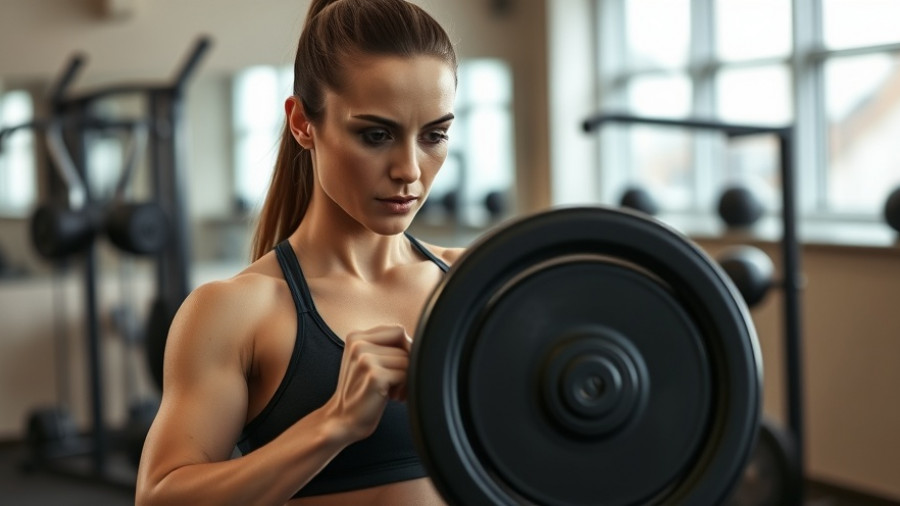
Introduction: A Crucial Moment for Medical Free Speech
The U.S. Supreme Court is gearing up to decide on a critical issue: Is medical free speech a right or a crime? This debate, involving the case Kory v. Bonta, challenges California's regulations that penalize physicians for sharing COVID-19 information that deviates from official narratives. Conducted by Children’s Health Defense and Physicians for Informed Consent, this lawsuit raises profound questions about the boundaries of free speech in healthcare.
Understanding the Implications of Medical Censorship
The pressing issue of medical censorship is not restricted to California; it's a national concern. Recent cases, like Chiles v. Salazar in Colorado, also spotlight the restrictions on health professionals when discussing topics deemed contrary to governmental standards. The Liberty Justice Center's involvement exemplifies a broader trend where First Amendment rights are argued in the context of professional speech. Herein lies the precarious balance: protecting public health information while allowing for open dialogue about alternative viewpoints.
Expert Opinions: The Importance of Diverse Perspectives
Quoting insights from experts in public health and law, we see a consensus that maintaining a diverse range of opinions in medical discussions is crucial. Dr. Paul Mango, a former deputy chief for Health and Human Services, argues that a vigorous communication strategy should prevail, one that promotes accurate information instead of suppressing dissenting voices. “Rather than trying to keep bad information off by suppression,” he asserts, “why don’t we have a strategy that really is very aggressive at propagating accurate information?”
Legal Precedents and Context: A Growing Concern
Extending beyond the current case, the landscape of free speech is transforming, particularly within healthcare. The precedent set by prior rulings, especially those pertaining to mental health professionals, indicates a concerning trend toward censorship based on content. The implications of these laws can significantly impact how clinicians interact with patients, eroding trust and potentially limiting treatment options. Exploring these legal precedents is critical in understanding the overarching question of what constitutes appropriate medical speech.
The Broader Question: What Does This Mean for Patients?
The stakes are high, not just for healthcare providers but for patients as well. A restrictive approach to medical free speech could limit patient access to vital health information, ultimately affecting health outcomes. If a physician feels apprehensive about sharing comprehensive insights due to fear of reprimand, patients suffer as a result. This case could redefine not only medical communication but also the patient-provider relationship.
Conclusion: The Path Forward
The upcoming decisions by the Supreme Court will set critical precedents in medical free speech and influence how healthcare is communicated across the nation. As these cases unfold, individuals must stay informed and engage in the conversation surrounding medical censorship. It is crucial to advocate for a healthcare environment where diverse opinions can coalesce, ultimately leading to improved patient care and trust.
Stay updated on these developments and consider advocating for the principles of free speech in healthcare communication, as your voice matters in shaping the future of medical dialogue.
 Add Row
Add Row  Add
Add 




Write A Comment